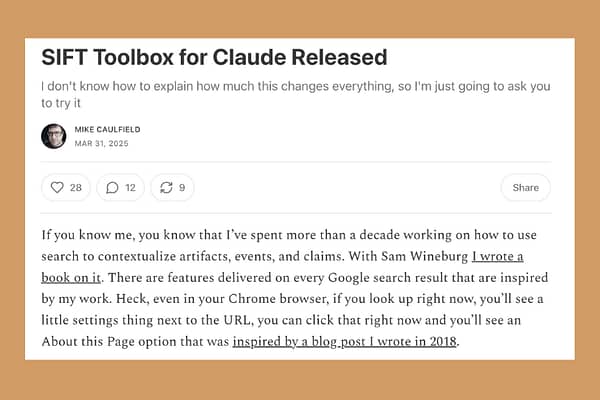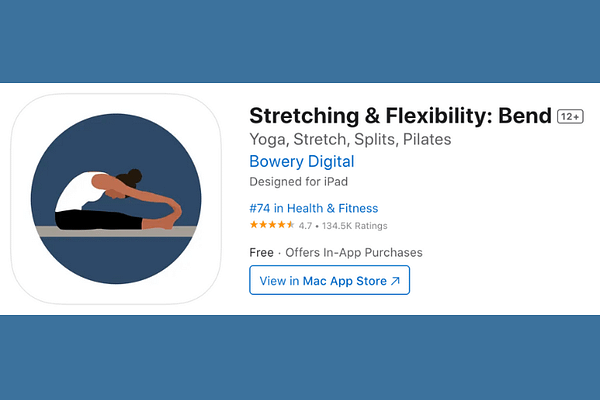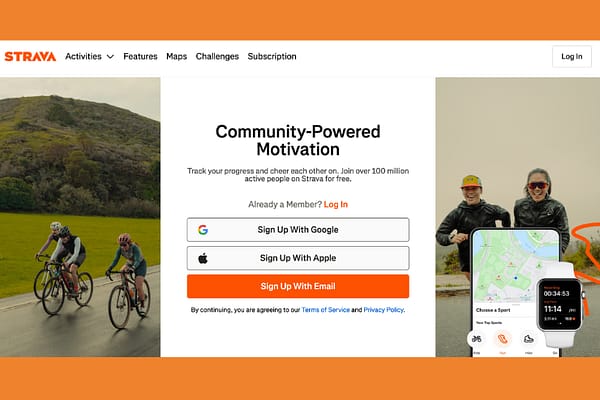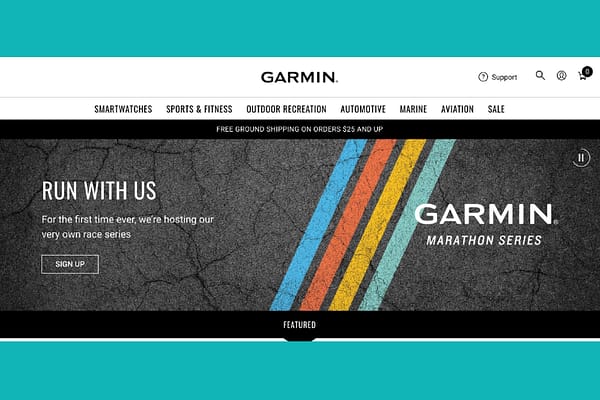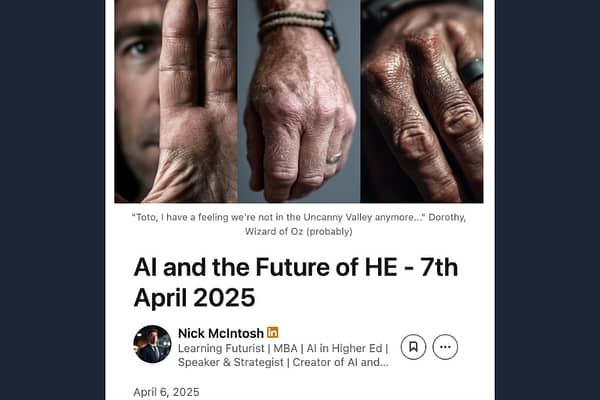Podcast (tihe_podcast):
Play in new window | Download | Transcript
Subscribe: Apple Podcasts | Spotify | RSS | How do I listen to a podcast?
Mike Perkins and Jasper Roe share a practical framework for ethical AI integration in assessment on episode 569 of the Teaching in Higher Ed podcast.
Quotes from the episode
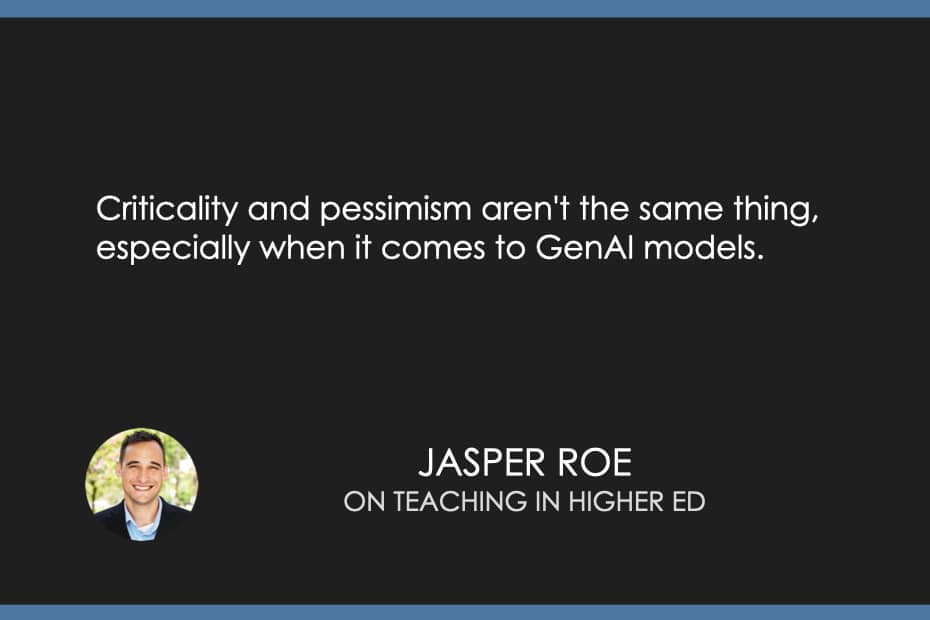
We wanted to be flexible and have some opportunities for students and faculty to really have open conversations about how AI might be suitably used given the individual circumstances and the cultural context.
-Mike Perkins
One of the things that is happening that we can't deny is that the rate of hallucinations is going down. The capabilities are getting better and better.
-Jasper Roe
Criticality and pessimism aren't the same thing, especially when it comes to GenAI models.
-Jasper Roe
